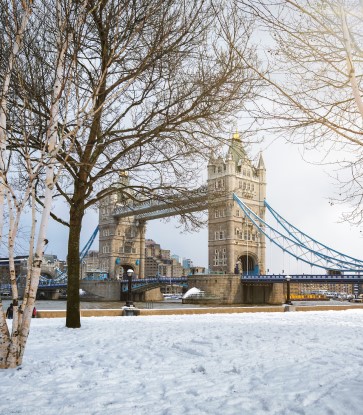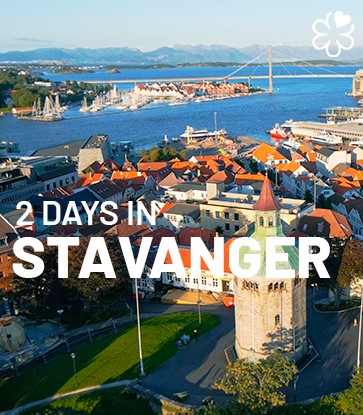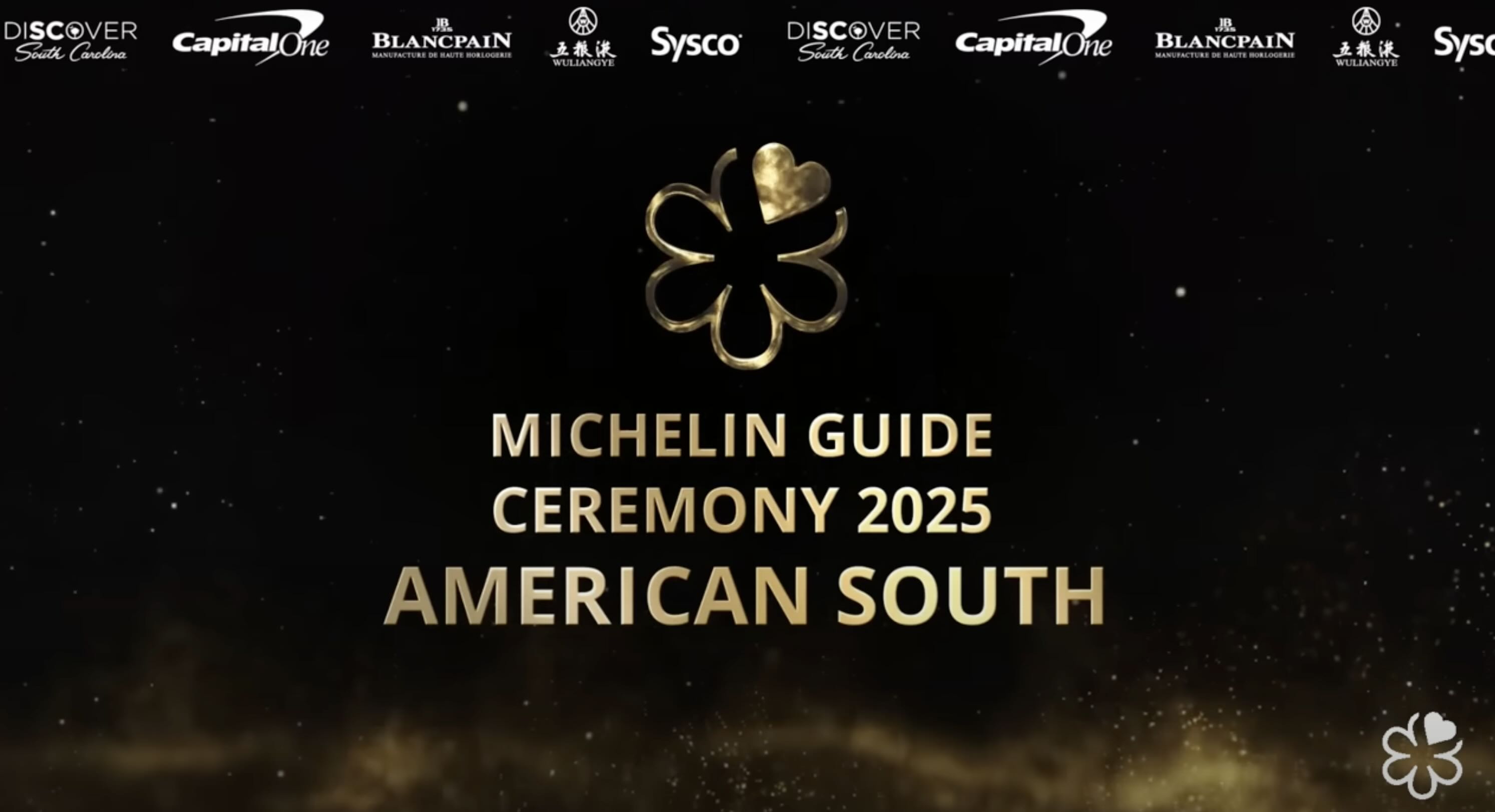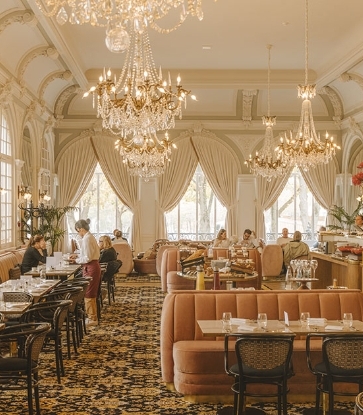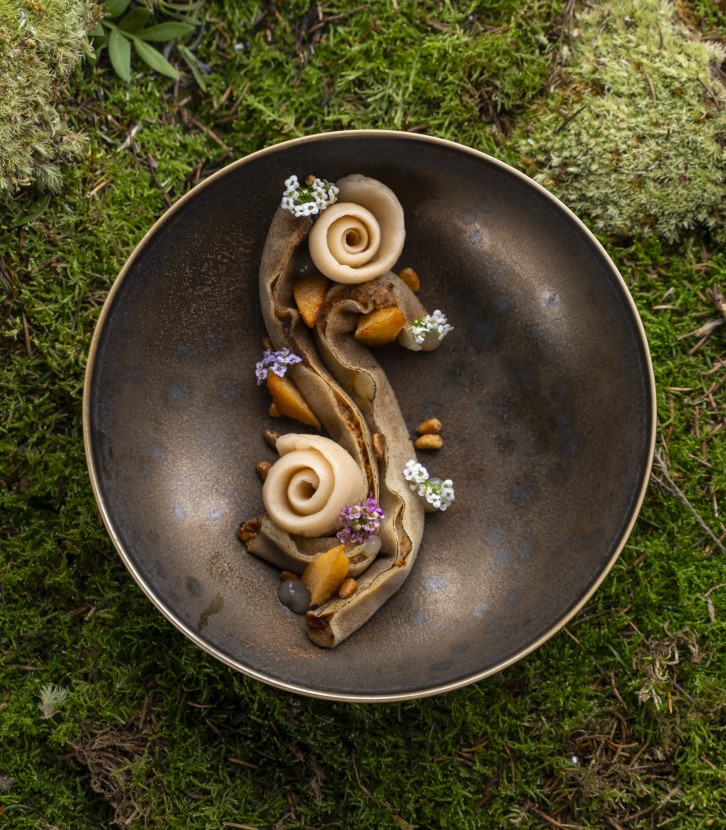In celebration of Earth Day, the MICHELIN Guide spoke with Green Star chefs about the practices they employ in combating climate change and food waste. Our series of interviews, released each Wednesday in April, highlight how chefs are taking measures to educate and inspire diners on making better choices in their daily lives.
With over 119 billion pounds of food wasted in the United States annually according to non-profit Feeding America, the need for innovative solutions is imminent. From no-choice menus sourced locally, to the world’s first zero-waste restaurant, it's clear the future of the culinary world is headed toward greener pastures. And for these restaurants, the future is now.
Few restaurants are as committed to sustainability quite like MICHELIN Green Star Where The Light Gets In (WTLGI). The Stockport, United Kingdom, loft-style restaurant features a no-choice menu, community garden, and residencies exploring the dynamic between humans and food. Whereas most spots are dipping their toe in eco-friendly waters, Where The Light Gets In seeks to challenge convention by being food sovereign. Since their opening in October 2017, chef / owner Sam Buckley and creative director Jacob Timms have made it their mission. “It’s at the heart of everything that we do," says Buckley, with Timms adding, “It’s always been the starting point for us, rather than something that we work to achieve.” Six years on, and the duo have not only changed the gastronomy industry, they've pushed it forward.
“It started with making sure we weren’t using plastics in the delivery process, finding the best suppliers, and the best farmers around," explains Timms. "We were either going for the right option to begin with, or we wouldn’t do it at all." That steadfastness and conviction led to long-term relationships with producers that still exist. "[It's how Sam] built his relationships...it’s a long process that ultimately led to us having a community garden.”
Dubbed “The Landing”, this collaborative community growing space was designed by WTLGI and Manchester Urban Diggers, and provides produce for both the restaurant’s no-choice menu and the local community. “It’s an oasis,” adds Timms. “We’ve had wildlife like birds and foxes reintroduced to what would otherwise be a concrete space." Their efforts have also benefited the kids of Stockport.
Working with local charity Starting Point, The Landing allows kids to connect with their environment, other people, and how they can improve and effect change with minimal effort. “We do a little bit of cooking and growing workshops with them—it shows them the amazing things that you can do and plants that seed in their mind that growing can actually be really fun.”
Having a no-choice menu cuts down on food waste, but poses other challenges for the restaurant. “The Hunger Gap is always the worst,” explains Timms referring to the winter months where cold winds, harsh temperatures, and inclement weather affect produce and supplies. For a restaurant reliant upon daily produce, it can be devastating.
However, they've found solutions including working with butchers who practice whole animal butchery (the process of sourcing, slicing and utilizing the entire animal for meat) and fishmongers who veer off for daily catches yielding minimal environmental impact. "That sort of responsive cooking can be limiting, but actually breeds creativity," adds Timms. "If we get squid instead of fish one day, we will do barbecued squid and mushroom with barley porridge.”
Working with external partners, WTLGI also hosts residencies designed to stir debate and collaboration. “It’s about how to work with food and byproducts in a creative way,” adds Timms. “It’s changing the way we look at natural materials.” Some highlights from their programming include workshops with Ikebana (the ancient Japanese art of arranging flowers) master Junko Popham, communal felting sessions with shepherd Joanne Wood and artist Kathryn Wood, and even knife making. “We’ve got a butter making course where we’ll also be whittling knives carved out of wood,” Timms adds. “So you’ll have butter and a knife that you can take home and you’ll have learned how to make butter.”
“We were going for the right option, or we wouldn’t do it at all.”
For Timms though, creativity still remains the most enjoyable component. Excess oyster shells and ash from the barbecue? The team turned it into pottery used to serve oysters. “Our next project is using leftover bones,” adds Timms. Educating their consumers through innovation is what drives the team.
“It’s about affecting people down the chain," adds Timms. "People who can’t necessarily afford it can come in and learn a skill that they can share with other people." Hosting volunteer sessions every Friday at The Landing, WTLGI is hopeful for a greener future. "If you just make them think a little bit more sustainably whilst having fun, then I think we’re doing a good job.”
And while I unfortunately won't be able to make any upcoming workshops in person, I'll definitely be attending the butter making class via Zoom. I just hope it clears customs.
Hero image: Kat Wood/Where The Light Gets In







